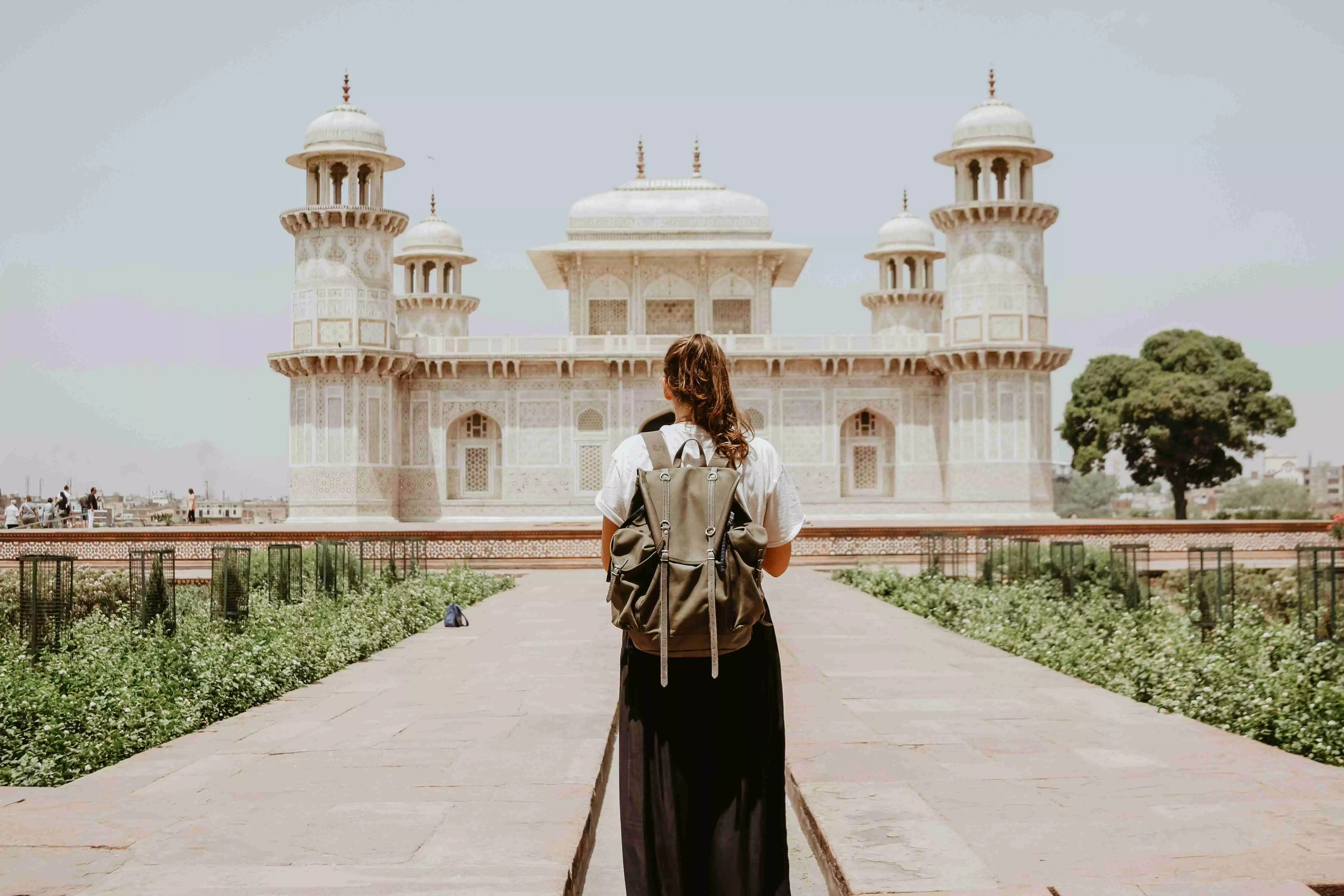‘Twas ‘Incredible India’
While foreign tourist arrivals are yet to return to pre-pandemic levels, India squanders a golden opportunity to boost the job-creating sector

Here’s an unpopular opinion. Have we dropped the ball on the ‘Incredible India’ campaign? Now, now…before we start talking about how Lakshwadeep is more happening than Maldives, let me elucidate. India is simply not attracting enough foreign tourists, and the numbers, which were never comparable to China, have not recovered from the Covid-19 pandemic nosedive. More Indians may be checking out foreign shores but not enough foreign tourists, especially quality ones, are visiting ours.
The ‘Incredible India’ campaign led by Amitabh Kant in 2002 and championed by the Atal Bihari Vajpayee government had come at a time when much of the western world was wary of travelling to countries such as India. 9/11 and a slew of other national and international terror events painted a poor picture of the nation, and the tourism campaign went a long way to correct that image. The positive buzz showcased India in its glory, steeped in history and beauty alike, and resplendent in its slogan of “atithi devo bhava” (guests are akin to God). As per reports, the campaign helped increase foreign tourists from 2.38 million in 2002 to 7.7 million in 2014; and yet India remained nowhere close to China that received a staggering 56.9 million foreign tourists in 2015. While we compete with China on all things, why not tourism? Today, almost all our endeavours are to highlight India as the favoured destination for foreign capital. Invest in India, set up factories in India, become wealthy in India — but what of the soft powers of tourism and cultural exchange? Are we doing enough to encourage country-to-country relationship-building that is spearheaded by tourism? And are we taking advantage and promoting an industry that can create millions of jobs and small businesses?
In my overseas travels to Europe, I’ve often been intrigued by the perception that the common European has of India. From organ theft to fear of rape, the depiction of our nation is woeful among Europeans. A few rave about the magical powers of yoga and Ayurveda, but most are simply scared to visit. They consume horrid tales of violence and gangrapes of foreign tourists via social media; they see the teeming masses and are easily overwhelmed; most importantly, they lack a balanced understanding of what life in India truly is. A nation of contradictions and paradoxes — India is not an enigma but a country to be avoided. The European tourist may willingly travel to Thailand, Cambodia, and China, but for most, India is a no-go, especially for women travellers. Shocking cases of violence against women and instances of gruesome rapes continue to rattle both Indians and foreigners. Some instances of assault of foreigners have exacerbated an already notorious visage. Incidents such as the recent alleged gangrape of a Brazilian biker tourist and her husband’s assault in Jharkhand have done no favours. In 2018, a British woman was allegedly raped in Goa; in 2016, an American woman was allegedly drugged and gangraped in a five-star hotel in Delhi; while in 2013, a Swiss tourist was allegedly gangraped and her husband thrashed. Police action is swift and the cases are few and far between, but India’s image as a safe haven for women remains chequered in the long-term.
The foreign investor and industrialist might view India as a ready market swelling with consumers, but the average European Union (EU) citizen is unaware of the rich history, cultural tapestry, and largely hospitable and kind people that Indians are. It’s to be noted that here I refer to high value European tourists with greater spending power and not the usual Russian tourists that throng Goan beaches, content in thriving in a peaceful country where their Russian Ruble fetches slightly more against the Indian Rupee. So, in terms of brand-building — business scores high but tourism and cultural exchange perform abysmally low.
Contrary to what you may have been made to believe, India doesn’t feature in the global preferred tourist destinations’ list. As per the World Economic Forum’s (WEF) Travel & Tourism Development Index comprising 117 countries, the top five nations are Japan, the United States, Spain, France, and Germany. We were at the 54th position, 8 spots lower than we were in 2019. The Indian Association of Tour Operators (IATO), comprising 1,700 in-bound travel operators, wrote to the central government in December highlighting the drop in foreign tourist arrivals. The association stated that the numbers (85.9 lakh in 2022) were “way below” pre-pandemic levels (3.14 crore in 2019). IATO proposed ways to boost foreign tourists including a 5 per cent incentive on net foreign exchange earnings for in-bound tour operators and a budget devoted to aggressive overseas promotion. Infrastructure development for tourism, competitive package deals for foreign tourists, sops for operators, heightened safety protocols, and enhanced people-to-people interactions would strengthen India’s tourism fortunes. Travel and tourism contributes just 5.9 per cent (as of 2022) to India’s gross domestic product (GDP) — a sector whose potential still remains largely untapped.
The writer is an author and media entrepreneur. Views expressed are personal




